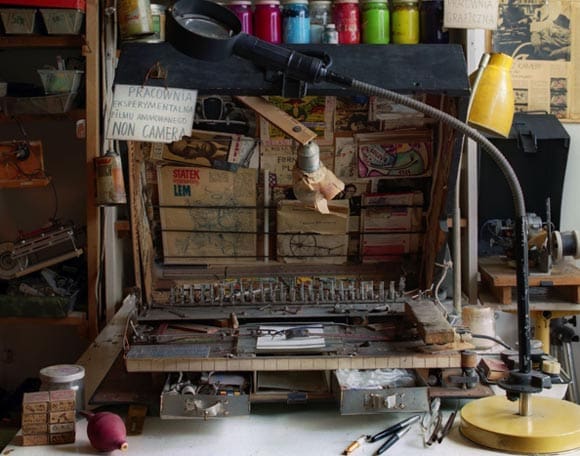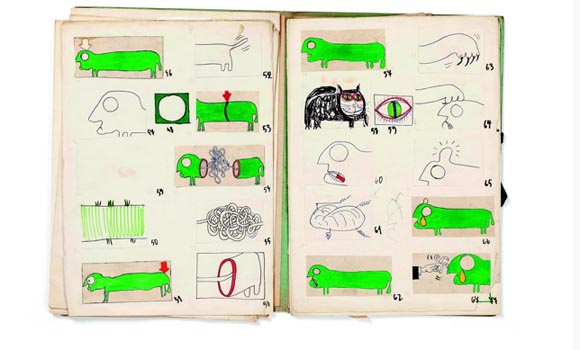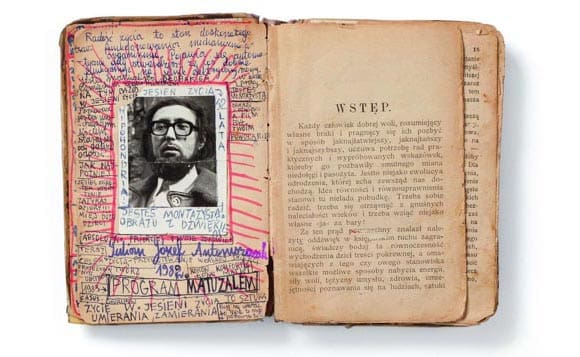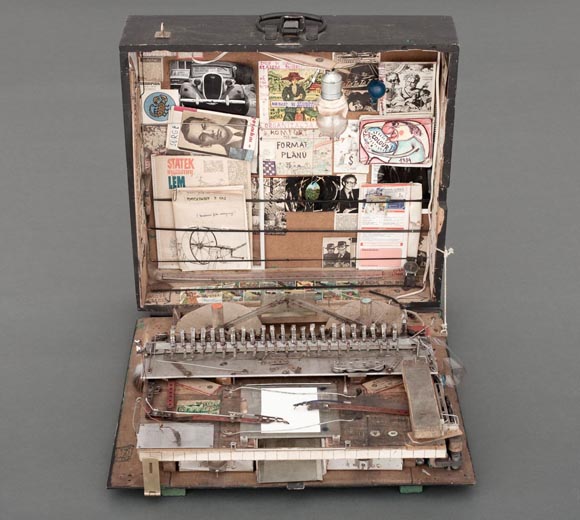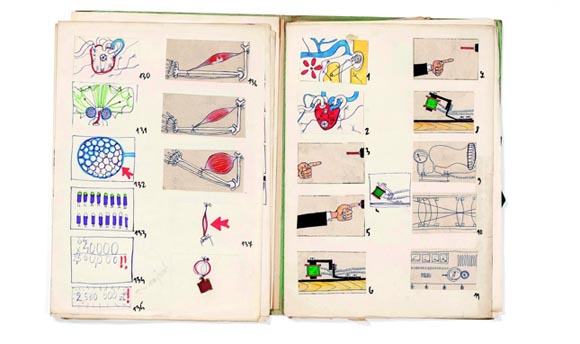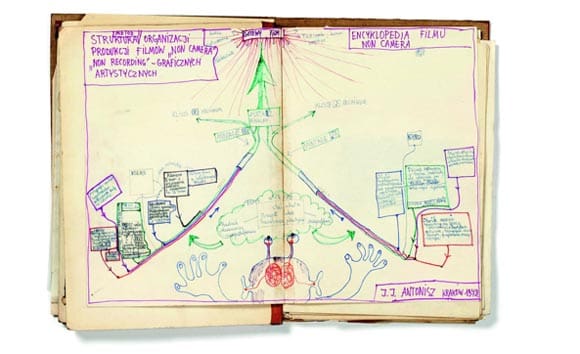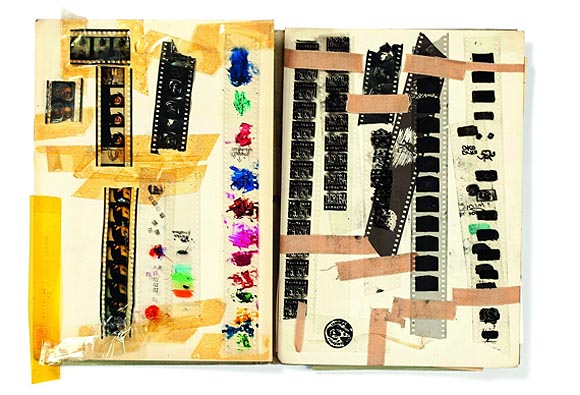
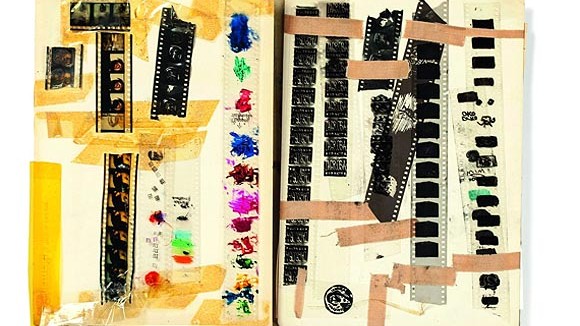
An Exhibit About Cameraless Animator Julian Antonisz
The Zachęta National Gallery of Art in Warsaw, Poland, is presenting a retrospective of Polish animator Julian Antonisz (1941-1987), who is best known for his drawn-on-film animation work. The exhibit, “Antonisz: Technology for Me Is a Form of Art,” is on display through March 17.
I’m fascinated to see the hand-crafted equipment that Antonisz used to make his films. Some of the tools can be seen in this documentary:
The exhibit description offers more details about Antonisz’s unique multidisplinary approach to animation filmmaking:
The exhibition is the first such extensive presentation of all the fields of the work of Julian Antoniszczak (Antonisz) – the co-founder of the legendary Animated Film Studio in Krakow, director of experimental animated films, constructor, musician and inventor.
In addition to a presentation of Antonisz’s rich film oeuvre, known to a wider public only to a limited degree, the exhibition also focuses on the no-less interesting issue of the artist’s methods of working.
The entry point for the exhibition is the artist’s archive that contains diaries and “ideabooks” (collections of notes, sketches, “great ideas”, newspaper cut-outs and projects for machines, amassed and categorized over the course of several decades). The selection of notes and sketches shown in Zachęta gives a rare chance to follow the creative process right the way – from the noting of the first idea for a film or machine on a scrap of paper, through the successive stages of its realization.
The non-camera films in which Antonisz continually returns to such themes as transience, the battle with time, illness and also human stupidity, can equally be treated as an intimate account of the artist’s own fears and obsessions. The artist is clearly fascinated by the mechanism of the body and its workings, not just as a motif in the films, but also through its participation in the process of the creation and viewing of the films. He is interested in experimenting not just with film tape, but also with the sensitivity and resilience of the viewer.
Fascinated by kinetic toys and optical machines, Antonisz strove to uncover the very roots of cinema. The idea of a return to hand-crafted work postulated in his Artistic Non-Camera Manifesto was something that the artist realised all aspects of his work.
An important element of the exhibition are the mechanical devices that Antonisz constructed according to ideas of his own for work in the non-camera technique – in other words, in experiments carried out directly on film tape. These unusual machines, “pantographs”, “animographs” and “sonographs” – enclosed in portable cases enabled the artist to carry out individual creative work independent of institutions and bureaucracy. Everything that he did was guided by one over-riding principle: to work as much as possible, as effectively as possible and as quickly as possible.
The machines and objects of everyday use that he designed and created, as well as elements of a curious “interior architecture”, can also be considered as hand-mades in the artist’s own unique style. Showing these at the exhibition evokes the unique atmosphere of the artist’s studio-laboratory, a place in which, as Antoniszczak himself said, technology became a form of art.
The exhibition is accompanied by the first publication to provide a thorough review of the full range of Julian Antoniszczak’s work.

